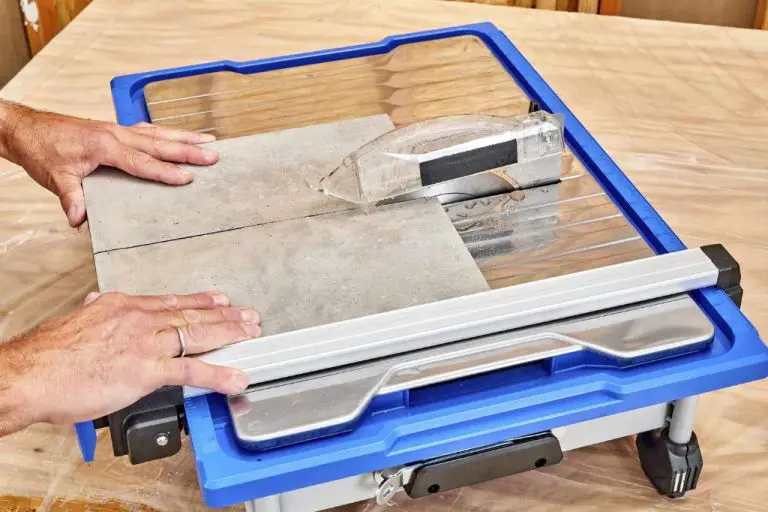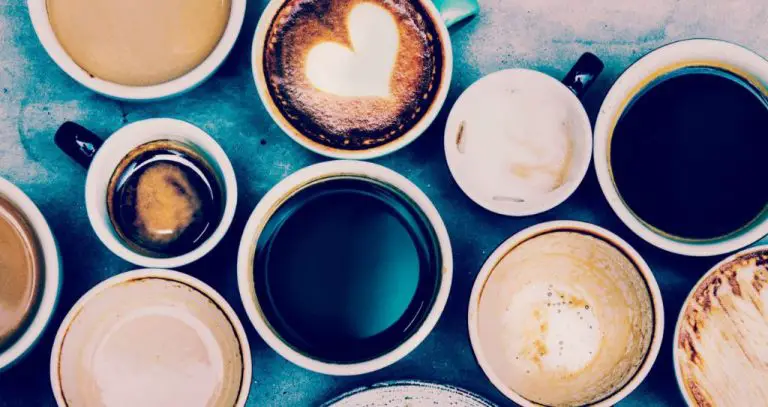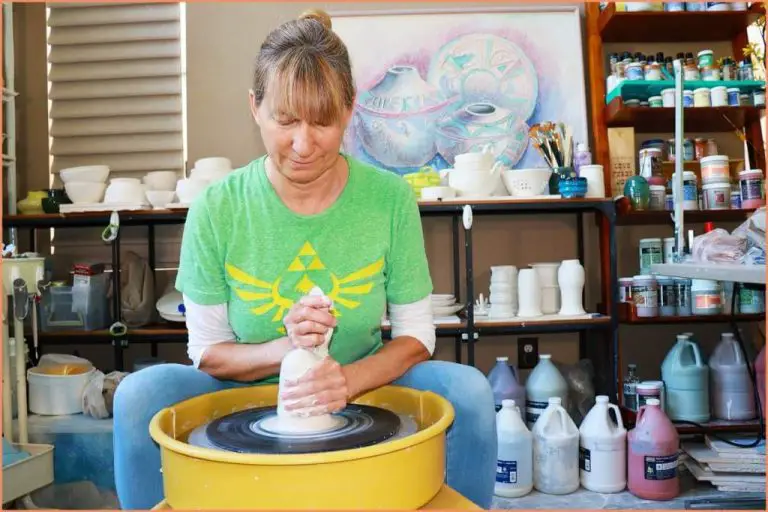What Tools Do I Need For Clay Sculpting?
Clay sculpting is the process of manipulating lumps of clay to create three-dimensional objects and figures. It is one of the oldest and most popular forms of art, dating back to prehistoric times. Clay is an extremely versatile material that can be molded into endless shapes and baked at high temperatures to harden it. Sculpting with clay allows artists to work creatively and intuitively with their hands to make anything they can imagine.
The basic process of sculpting with clay involves shaping the clay, adding details and textures, allowing it to dry, and then firing it in a high temperature kiln to permanently harden it. There are several types of clay used for sculpting, including earthenware, stoneware, and porcelain. Each type has different characteristics when working with it and firing. Sculptors choose the clay type based on their artistic needs and the desired final strength and finish of the baked clay artwork.
Clay sculpting is an immensely enjoyable and relaxing hobby for both beginning and advanced artists. With some basic tools and materials, sculptors can create professional-looking works of art from the comfort of their own homes.
Workspace and Studio Essentials
Setting up a proper workspace is crucial for successful clay sculpting. Having the right essentials will make the process easier and keep your studio clean. Here are some key considerations:
Table or Work Surface
Dedicate a sturdy, flat table or countertop as your main work surface. Options like a sturdy folding table or bench can work well and be stored away when not in use. Make sure the surface is large enough to accommodate your projects.
Plastic to Cover Workspace
Cover your work surface with plastic sheeting, vinyl tablecloths or plastic trash bags [1]. This will protect the workspace from water and clay residue. Tape down the edges or weigh them down to keep the plastic in place.
Apron/Smock
Wear a waterproof smock or apron to protect your clothing from water and clay stains.
Proper Lighting
Good overhead and task lighting ensures you can see your work clearly. Consider adjustable lamps that can be positioned where needed.
Sculpting Tools
Some of the most essential tools for sculpting with clay are sculpting knives, loop tools, ribbon tools, wooden modeling tools, and sculpting wires.
Sculpting knives come in various shapes and sizes for cutting, carving, and shaping clay. Many have thin, tapered blades that allow artists to refine details and create intricate textures in sculptures. A basic sculpting knife set will include straight blades, curved blades, and U or V shaped gouging blades. These versatile knives let artists carve into clay, slice away excess material, and slice clay for attaching parts.
Loop tools have round or spoon shaped wire or plastic loops on the ends that are great for smoothing clay, reaching into crevices, and shaping concave areas like eyes and mouths. The rounded edges prevent marring the clay surface. Standard loop set kits have loops of varying sizes and shapes for different effects.
Ribbon tools are similar to loop tools but have a flat, flexible stainless steel ribbon instead of a round loop. These are ideal for impressing lines in the clay, reaching into crevices, blending seams between attached clay pieces, and creating textures.
Wooden modeling tools offer sculptors a variety of shapes and tips for shaping, smoothing, burnishing, and texturing clay surfaces. From rounded points to wedge-shaped edges, these tools help shape concave areas and refine details.
Sculpting wires made of soft aluminum or steel can be bent to form loops, curves, and angles as needed for tasks like blending seams, creating grooves, and sculpting unique shapes in tight areas.
For beginning and experienced ceramic artists alike, these basic sculpting tools allow for precision hand-modeling and detailing when working with clay mediums.
Clays and Additives
There are several types of clays for sculpting, each with their own properties and characteristics.
Water-based clays like potter’s clay contain water so they remain pliable and moist until fired or baked. Though messy, they can be easily manipulated for sculpting (https://racheldebarros.com/ultimate-guide-to-the-best-types-of-clay-for-sculpting/).
Oil-based clays, made of oils, waxes and fillers, stay malleable at room temperature. They’re excellent for sculpting intricate details but don’t harden on their own (https://www.sculpey.com/blogs/blog/a-beginners-guide-to-sculpting-in-clay).
Polymer clays like Sculpey and Fimo are based on PVC and harden when baked at low temperatures. They’re easily shaped, hold fine details, and come in many colors (https://racheldebarros.com/ultimate-guide-to-the-best-types-of-clay-for-sculpting/).
Clay additives let you modify the properties of your clay. Liquid slip makes clay more pliable. Release agents prevent stickiness. Stiffeners make clay stronger for sculpting fine details (https://www.sculpey.com/blogs/blog/a-beginners-guide-to-sculpting-in-clay).
Armatures and Stands
Armatures and stands provide structure and support for clay sculptures. Armatures are often made from wire, wood, or pipe cleaners before adding clay. They act as the “skeleton” to build up clay around. Stands hold and display finished sculptures.
For armatures, pliable metals like aluminum wire allow shaping the framework to any pose. Heavier gauges hold form better for larger sculpts. Wooden dowels or sticks make convenient armatures for smaller sculptures. Bendable pipe cleaners also work well. Secure armature pieces together with wire or glue.
Armatures should be sturdy but thin enough to sculpt over. Too large, and they will show through or dictate the final form. Place important joints and points of balance on the armature carefully.
For stands, stable, heavy bases prevent toppling. Clay is heavy, so stands need weight to counterbalance. Iron, wood, or stone bases work well. Secure clay sculpts firmly to stands with clay, adhesive, or wire. Consider stands that allow rotating or suspending sculpts to work on all sides.
With proper armatures and stands, clay sculptors can craft detailed works in any pose and display them securely.
Texturing Tools
Texturing tools are essential for adding realistic and artistic touches to clay sculptures. These tools imprint patterns and textures into the surface of the clay to mimic various materials and effects. Some key texturing tools for clay sculpting include:
Sponges
Sponges can create porous, irregular textures. Sea sponges work best as they have an organic, varied cell structure. Simply press the sponge into the clay or dab onto areas. Try dragging in different directions too. Cut or tear sponges into different shapes and sizes for unique texture possibilities.
Sculpting Loops
Sculpting loops or ribbon tools have thin metal bands that can make precise, consistent patterns when pressed into clay. The loops come in assorted sizes and shapes to produce effects like scales, cracks, veins, fur, feathers, wave patterns, and more. Dragging the tools through the clay at different angles alters the resulting textures.
Toothbrushes
Stiff-bristled toothbrushes can add interesting small-scale textures like scrubbed effects, pebbled finishes, hair, or fur. Try brushing, dabbing, stippling, and scuffing motions. Varying the clay’s softness and the force applied affects the depth and definition of the textures.
Rubber Tips
Specialized rubber sculpting tips create patterns like scales and stonework. The rubber can stamp neatly and withstand pressure without harming the clay. The tips come in an array shapes from wedges to waves to customized textures. Rotate and rock the stamps over the clay surface to generate natural, irregular effects.
Blades
Various fixed and interchangeable blades provide diverse linear effects. From basic clay cutting tools to serrated blades to imitate feathers or fur, the blades slice, score, and imprint the clay surface. Dragging blades through partly-dried clay makes deeper cuts. Take care when using sharp blades.
Rollers
Rollers with textured surfaces like checkerboard and herringbone patterns imprint their relief into the clay. Roll over flat or contoured areas. Clay condition, roller pressure, and direction affects the impression depth and quality. Keep texture consistent by using guides.
Cutting and Smoothing Tools
Cutting and smoothing tools are essential for sculpting intricate details and refining the surface of clay models. Here are some of the most common and useful cutting and smoothing tools for clay sculpting:
Wire Cutters – Special wire cutters with flush cutting edges help cut armature and support wires without leaving burrs or sharp edges that could puncture the clay sculpture. Quality wire cutters provide clean, smooth cuts.
Carving Knives – Various shaped carving knives allow removing clay and cutting fine details on a sculpture. Straight and curved blades in different sizes give control over the cut.
Ribs – Metal or wooden sculpting ribs scrape and compress clay to refine shapes and smooth seams on the sculpture surface. Ribs come in various shapes like round, square and wedge.
Fettling Knives – These small angled knives are useful for intricate carving, cutting grooves and detailing in tight spots.
Surform – Surform tools have blades with multiple perforations that abrade the clay surface when scraped over it. They efficiently remove clay and create textured effects.
Sandpaper – Fine grit sandpaper helps abrade and smooth the clay surface for a uniform finish. It can be wrapped around dowels or formed into custom sanding shapes.
Using the right cutting and smoothing tools allows clay sculptors to achieve the fine details and surface quality needed to bring their visions to life.
Measuring Tools
Having the right measuring tools is essential for achieving accuracy and precision in your clay sculptures. Here are some of the most useful measuring tools for clay artists:
Calipers
Calipers allow you to measure the thickness, diameter, depth, and distance between objects with extreme precision. Dial calipers give very accurate decimal measurements, while vernier calipers can measure to fractions of a millimeter. Calipers are especially useful when scaling a sculpture up or down in size.
Sculpting Sticks
Sculpting sticks have measurement markings engraved or printed along their length, often in inches and centimeters. They help take quick measurements while sculpting without needing to break focus. Sculpting sticks come in various lengths and can have a pointed or blunt end.
Angle Tools
Angle tools like protractors allow you to measure the precise angles between surfaces and ensure symmetry in your work. Look for stainless steel angle tools made specifically for clay that will not bend or wear down over time.
Dividers
Dividers resemble a large compass with two pointed legs for marking circles and distances. They help transfer exact dimensions when scaling a sculpture or reproducing symmetrical forms. Use dividers to maintain consistency across repeated elements.
Finishing Supplies
After sculpting and drying out your clay piece, finishing supplies help protect it and add color and effects. Some key finishing supplies for clay sculptures include:
Clear coatings like varnish, glaze, and wax seal and protect the clay while enhancing the color and finish. Water-based polyurethane varnish provides a durable clear coat. For a subtle sheen, try a matte or satin varnish. Wax finishes like beeswax give a soft luster. Resin glazes help seal and strengthen sculpted pieces.1
Acrylic paints are very versatile for adding color to finished clay sculptures. Acrylics bond well to fired or dried clay and provide strong, flexible colors that can be thinned with water. Use acrylic mediums to alter thickness or add effects like crackling.2
Polishing compounds help buff clay to a shine. Pumice powders smooth away imperfections for a polished look. Wax polishes and buffing tools like soft cloths and brushes give luster to finished surfaces.
Properly sealing and finishing a clay sculpture helps protect it and enhances the artistic effects.
Storage Solutions
Properly storing clay is crucial for maintaining its freshness and preventing it from drying out or becoming contaminated. Here are some effective storage solutions for clay sculpting projects:
Plastic bags are a popular storage option. Small amounts of clay can be stored in sealed plastic bags by squeezing out excess air before sealing. This prevents exposure to air which can dry out the clay. Resealable bags allow convenient access while keeping clay moist in between uses. Cling wrap can also wrap sculpting pieces.
Airtight plastic containers are ideal for storing larger amounts of clay as well as works in progress. Look for containers with tight sealing lids to keep air out. Plastic storage bins or food containers work well. The clay should be sealed in the container either in its original packaging or wrapped in plastic.
Proper shelving can help organize clay storage and projects. Wire, wood or plastic shelving units allow ventilation to prevent moisture buildup. Shelves should be cleaned before storing clay. Work surfaces can also be lined with tablecloths or wax paper for easy clean up.
With the right storage methods, sculpting clay can maintain its flexibility and workability. Sealing clay in bags or containers prevents drying out. Ventilated shelving keeps storage organized and air circulating. Following these simple practices will lead to longer-lasting, higher quality clay.




